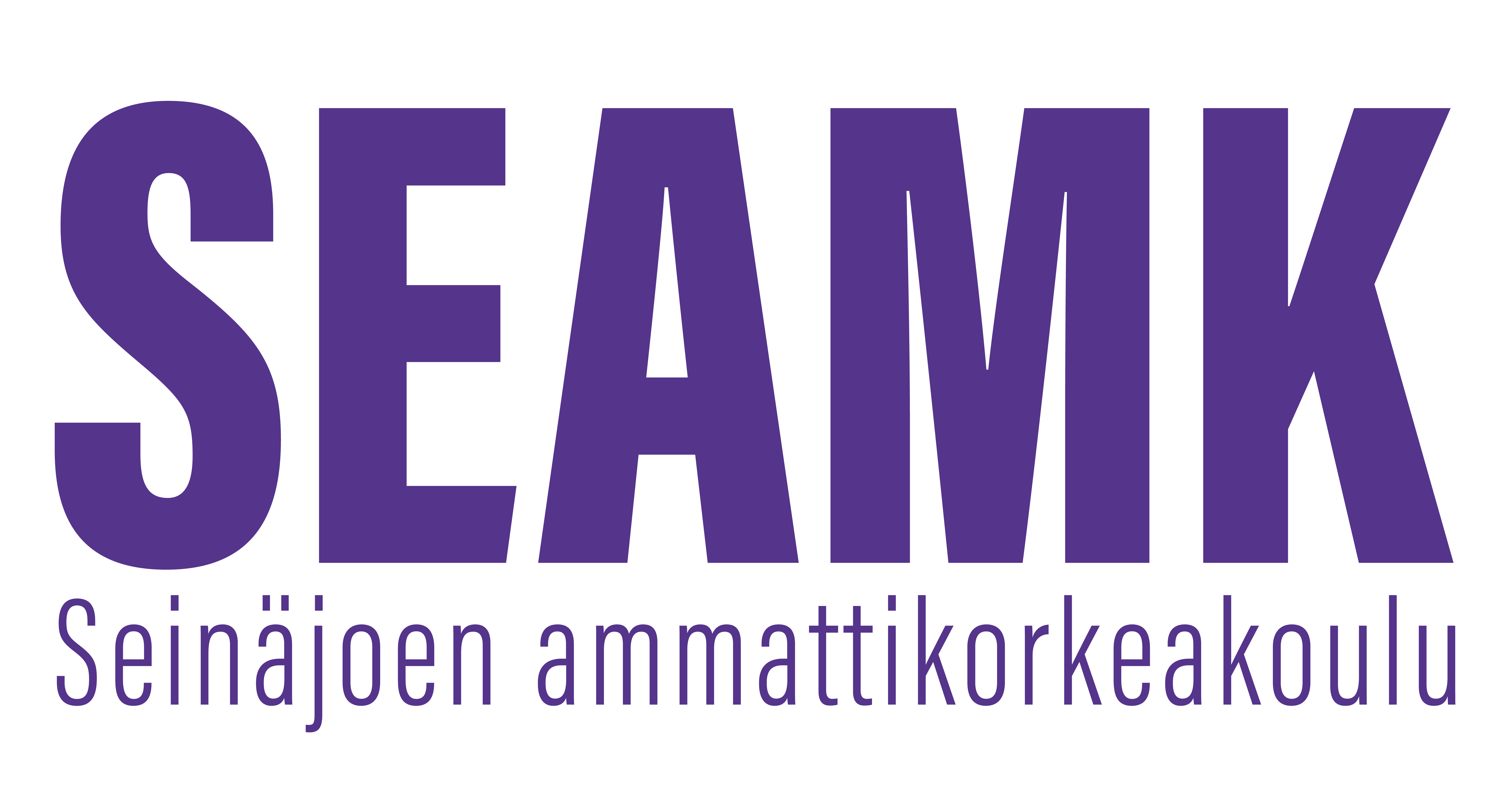Organisaatiokäyttäytyminen (4op)
Toteutuksen tunnus: LT00DS08-3001
Toteutuksen perustiedot
- Ilmoittautumisaika
- 22.04.2025 - 26.08.2025
- Ilmoittautuminen toteutukselle on päättynyt.
- Ajoitus
- 01.09.2025 - 23.11.2025
- Toteutus on päättynyt.
- Opintopistemäärä
- 4 op
- Lähiosuus
- 0 op
- Virtuaaliosuus
- 4 op
- Toteutustapa
- Etäopetus
- Yksikkö
- SeAMK Liiketalous ja pk-yrittäjyys
- Toimipiste
- SeAMK Seinäjoki, Frami
- Opetuskielet
- suomi
- Paikat
- 0 - 50
- Koulutus
- Tradenomi (AMK), Liiketalous
- Opettajat
- Sami Kautto
- Ajoitusryhmät
- Avoin AMK (Ei koske tutkinto-opiskelijaa) (Koko: 2 . Avoin AMK : 2.)
- Ryhmät
-
MLITA24Tradenomi (AMK), Liiketalous, monimuotototeutus
- Pienryhmät
- Avoin AMK (Ei koske tutkinto-opiskelijaa)
- Opintojakso
- LT00DS08
Arviointiasteikko
1-5
Tavoitteet
Opiskelija tuntee ja osaa arvioida organisaatiokäyttäytymisen eri tarkastelutasoja ja tekijöitä sekä osaa hyödyntää niitä työssä ja johtamistoiminnassa. Hän tietää, mitkä asiat vaikuttavat ihmisen toimintaan organisaatioissa ja osaa tehdä organisaatioihin liittyviä valintoja. Opiskelija tuntee organisaatioissa ja työyhteisössä yksilö-, ryhmä- ja organisaatiotasoon kuuluvat tekijät, ja niiden vaikutuksen yrityksen menestykseen.
Opiskelija tietää esihenkilön tehtävät ja lähijohtamisen vaikutukset työyhteisöön. Hän tunnistaa keskeisten johtamismallien ominaisuudet ja hyödyt ja osaa soveltaa niitä käytäntöön.
Sisältö
Organisaatiokäyttäytymisen suuntaukset, tarkastelutasot ja käsitteet
- Nykyaikaan vaikuttavat suuntaukset
Yksilöt ja ryhmät organisaatiossa
- Persoonallisuus, kyvykkyys, motivaatio
- Tunneäly
- Ryhmien ja tiimien ominaisuudet ja kehittäminen
Työhyvinvointi
- Stressi, työuupumus, työhyvinvoinnin edistämisen keinot
Organisaation rakenteet
- Organisaatiomallit
- Organisaatiokulttuuri
Ihmisten johtaminen
- Johtamisen perusteet
- Johtamistyylit
Muut ajankohtaiset asiat
Oppimateriaalit
Kurssikirja: Lämsä, A. & Päivike, T. (2013). Organisaatiokäyttäytymisen perusteet. Edita.
https://seamk.finna.fi/Record/seamk_electronic.991109396805969?sid=3375192376
https://seamk.finna.fi/Record/plari.57772
Lisäksi uudempi teos soveltuvin osin:
Mannermaa, K. (2024). Työntekijätaidot: Käsikirja. Alma Talent.
https://seamk.finna.fi/Record/seamk_electronic.991388494205969?sid=4762633499
https://seamk.finna.fi/Record/seamk.991377993605969?sid=4762633499
Muu suositeltava kirjallisuus:
Rauhala, I., Leppänen, M., & Heikkilä, A. (2013). Pääasia: Organisaation psykologinen pääoma. Talentum. https://seamk.finna.fi/Record/seamk_electronic.991133116805969?sid=4764990296
https://seamk.finna.fi/Record/seamk.991051376805969?sid=4764990296
Ikonen, O., Aro, A., Heikkilä, A., Holmgren, E., Juujärvi, P., Morikawa, M., Råman, S. & Sahimaa, J. (2023). Inhimillinen tehokkuus: Jännitteet hyötykäyttöön. Alma Talent Oy.
https://seamk.finna.fi/Record/seamk_electronic.991370594105969?sid=4762642838
Lisäksi videoluennot ja muut opettajan osoittamat materiaalit.
Opetusmenetelmät
Opintojakso on verkkokurssi. Opetus toteutetaan videoluentojen avulla. Opiskelu perustuu itsenäiseen ja tavoitteelliseen opiskeluun.
Opintojakson tehtävät:
1. Ennakkotehtävä, arviointi hyväksytty/hylätty
2. Videoluennot ja niihin liittyvät tehtävät, arviointi hyväksytty/hylätty
3. Referaatti kirjasta, arviointi hyväksytty/hylätty
4. Käsitekartta, arviointi 0-5
Opiskelijan ajankäyttö ja kuormitus
4*27h=108h
Ennakkotehtävä sekä videoluennot ja niihin liittyvät tehtävät 27 h
Referaatti kirjasta 27 h
Käsitekartta 54 h
Arviointikriteerit, tyydyttävä (1)
Opiskelija tuntee organisaatiokäyttäytymisen perusteet. Hän muistaa ja ymmärtää esihenkilön tehtävät ja vastuut. Hän muistaa ja ymmärtää yksilö, ryhmän ja organisaation menestykselliseen työtekoon vaikuttavat tekijät.
Arviointikriteerit, hyvä (3)
Opiskelija osaa soveltaa ja arvioida organisaatiokäyttäytymisen perusteita, osaa soveltaa ja analysoida esihenkilön tehtäviä, vastuita ja johtamismalleja. Hän pystyy arvioimaan ja soveltamaan yksilön ja ryhmän toimintaa työyhteisössä ja osaa arvioida organisaation rakenteita.
Arviointikriteerit, kiitettävä (5)
Opiskelija osaa soveltaa ja arvioida organisaatiokäyttäytymisen perusteita, osaa soveltaa ja analysoida esihenkilön tehtäviä, vastuita ja johtamismalleja. Hän pystyy arvioimaan ja soveltamaan yksilön ja ryhmän toimintaa työyhteisössä ja osaa arvioida organisaation rakenteita. Lisäksi opiskelija pystyy suunnittelemaan ja kehittämään opintojakson asiakokonaisuuksia.
Esitietovaatimukset
Ei ole
